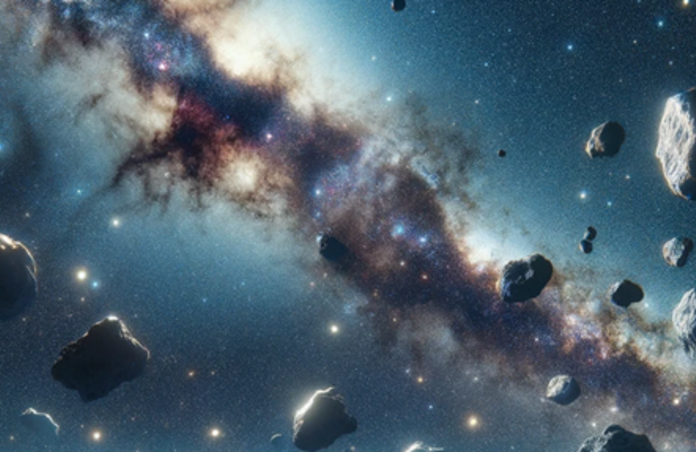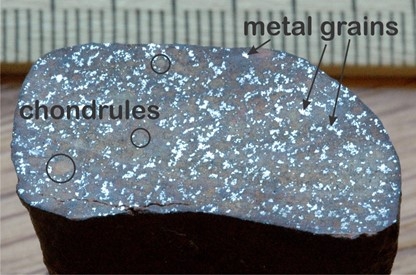Earth May Have Formed with Water in Situ

A significant challenge in modelling the early solar system is explaining the presence of liquid water on Earth. Given our planet's proximity to the Sun, conventional theories suggest that water should have existed only as vapour during Earth's formation and unable to condense into liquid oceans. Therefore, it is believed that early accreting planetesimals within the inner solar system were dry, devoid of any H2O.
The most widely accepted theory until recently posited that Earth initially formed as a dry, rocky planet. The presence of water on Earth is attributed to a period known as the Late Heavy Bombardment (LHB), hypothesized to have occurred approximately 4 billion years ago. During the LHB, the inner planets, including Earth, are believed to have experienced a spike in impacts from asteroids and comets originating from further out in the solar system. Many of these impacting bodies likely contained ice and other volatiles, which would have been deposited on the Earth's surface.
However, these theories have remained contentious, as many even question the existence of the LHB as well as its role in the Earth’s water inventory. Adding to this debate, new research led by Damanveer Grewal presents compelling evidence which concludes that planetesimals formed within the innermost regions of the solar system, show signs of having coalesced in the presence of water.
The core aspect of this research is the analysis of non-carbonaceous (NC) chondritic meteorites. These meteorites are essentially the preserved cores of early planetesimals, which did not merge into the inner planets. Being undifferentiated, they retain their original internal structure, which includes chondrules. Chondrules are tiny, spherical mineral formations, and their composition has remained mostly unchanged since the solar system's early days. Predominantly composed of iron, cobalt, and nickel, these chondrules are key to understanding the environment in which they first formed. The designation of these meteorites as non-carbonaceous implies their origin in the inner solar system, a region traditionally thought to be dry.

In the presence of water, iron can oxidize into various forms such as FeO, Fe2O3, and FeO(OH). Over the billions of years since their formation, these iron oxides may have been lost or transformed through space weathering and terrestrial geological processes. However, the study leverages the known relative abundances of iron, nickel, and cobalt in chondritic, undifferentiated meteorites to infer the past presence of water. By comparing the current abundances of these elements in the meteorites and noting any deficits in iron relative to nickel and cobalt, the researchers can estimate the amount of iron that was oxidized and subsequently lost. This oxidation, presumably driven by water, allows them to indirectly estimate the abundance of water during the planetesimal’s formation.
While the evidence suggests water's presence, the exact mechanism of how it was incorporated into these planetesimals remains uncertain, with the study outlining a few possible interpretations of their findings. The one they support is the idea that these planetesimals first accreted nearer to or beyond the snow line, where water could be incorporated into their structure. These however migrated inwards, during the turbulent early stages of the solar system. However, they do note that this highlights that the building blocks of Earth and other rocky planets will have contained substantial traces of water.
--
Journal Source: D. S. Grewal et al, Accretion of the earliest inner Solar System planetesimals beyond the water snowline, Nature Astronomy, 2024, https://doi.org/10.1038/s41550-023-02172-w
Cover Image: DALL-E
